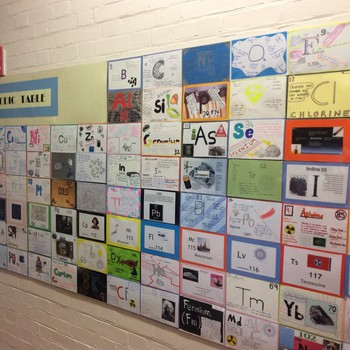Question #a8628
1 Answer
Depends what level you are studying at. At GCSE metal atoms form positive ions [cations] and non-metal atoms form negative ions [anions]. Opposite charges attract so an ionic compound results.
Explanation:
Metal atoms react by losing electrons to form a full outer shell [energy level], which gives stability. Non-metal atoms react by gaining electrons to acquire a full outer shell. Again the same reason to gain stability.
The Periodic Table tells you how many electrons an atom needs to lose or gain to get a full outer shell and become stable.
Mg is in Group 2, so it has 2 electrons in its outer shell. O is in Group 6 it has 6 electrons in its outer shell. Mg has an electron arrangement of [2,8,2] O has an electron arrangement of [2,6]. Mt transfers its 2 outer electrons to O. Mg now has an electron arrangement of [2,8] and O has become [2,8]. In the process Mg has lost 2 electrons so now has a +2 charge. O has gained 2 electrons and has a -2 charge. Opposite charges attract and magnesium oxide has been formed. : -)

